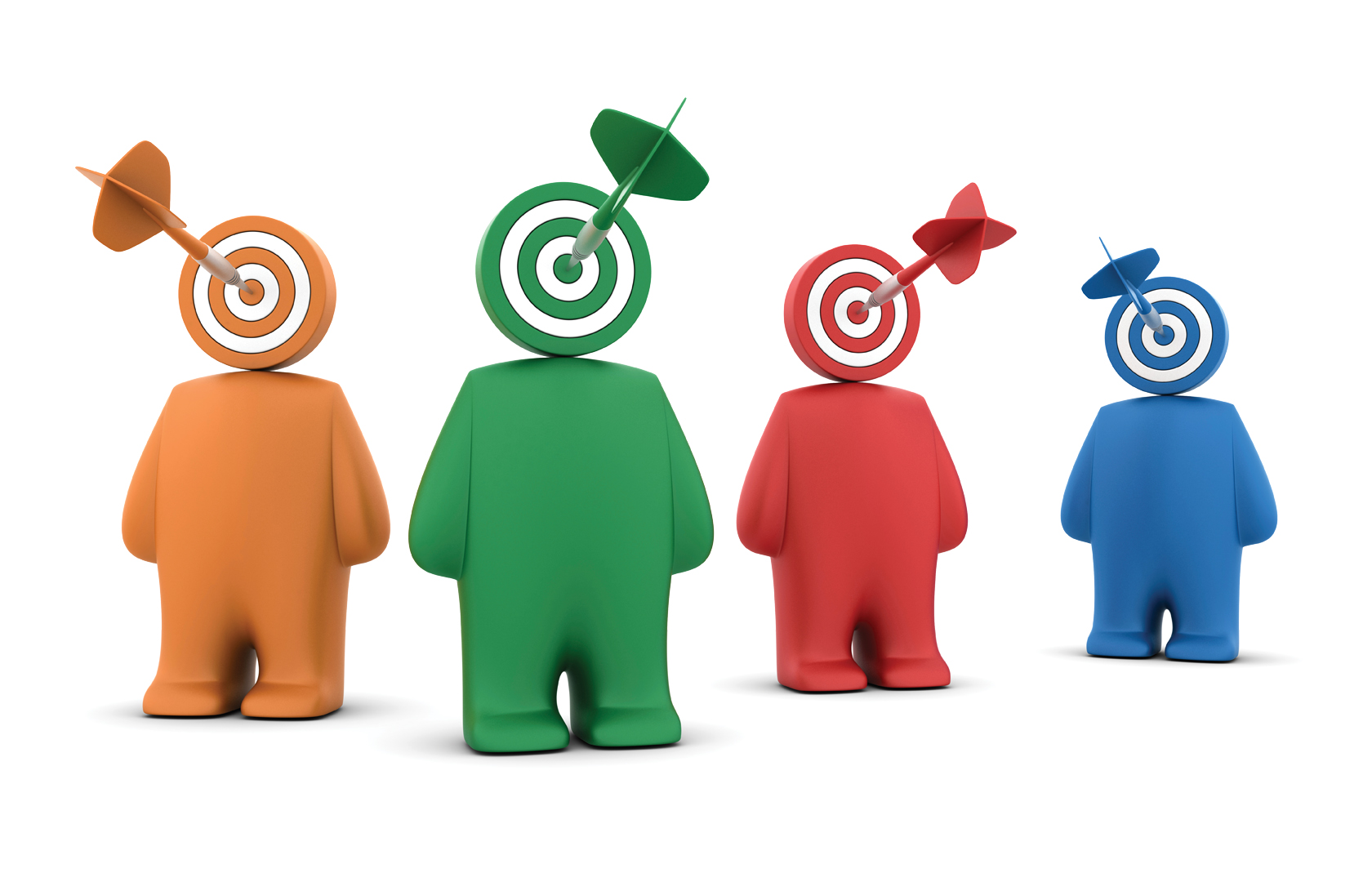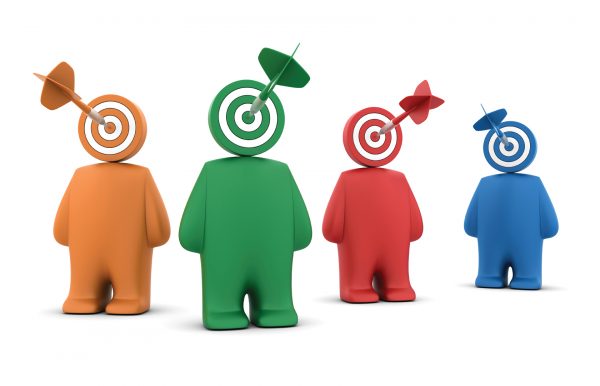In the article I shared previously, I shared that your consumers may not always be your customers. If you are yet to see that, read it here.
In the same vein, not all your target audience is your target customers. I know this sounds weird but it took me a while to realize this.
Read more about Business
First,
Have you ever wondered why only 1% to 10% of your followers buy from you, yet they engage with your content, ask you questions and tell people about you but when it is time to buy, a lot of them disappear?
Is it because they don’t need your service? No.
Here’s the reason.
It is already an established fact that you must have a target market when running a business. We also know that your target market cannot be everybody. Remember, the idea of a target audience or customer doesn’t mean everyone else cannot buy from you. It just means that they are not the ideal people.
For example, if you have an app as a product and one 80 years old woman buys from you, 90% of your other buyers are 18-25 years. It doesn’t mean your target market is 80 years old. She is just an exception.
Suppose you stretch your communication effort to accommodate everyone. In that case, you will end up talking to no one because how you’ll speak to a 5-year-old is entirely different from how you’ll speak to a teenager and a working-class lady or an older woman.
This is why when describing a target market, we categorize them based on these two levels:
- Demography: Location, age, gender.
- Psychography: Challenge, behaviour, inspiration/motivation, goals, doubts and their reason to believe.
Within your target market, there are two levels, your audience and your customers. Your customers are a subset of your audience.
I will use one of my favourite analogies to help you visualize this: the oxygen analogy.
Find our comprehensive listings of businesses in Nigeria here https://businesses.connectnigeria.com/
If you are reading this post right now, you are probably not the customer for oxygen. Actually, you are not! Oxygen is free for you. It is not your pain point but tell that to someone:
- Who can’t breathe on his/her own.
- Who is stuck in the deep blue sea.
- Who is about to go into surgery.
- Who is stuck in a crashing plane.
- Who is stuck in space.
Oxygen sellers know that their target market is in life-threatening situations, so the price is high. High risk, high reward, and high cost.
Oxygen is free and humans need it but will a healthy person pay for it? nope! Because he does not have a problem that requires it. However, people in the hospital who are on life support and cannot breathe by themselves will willingly pay for the oxygen tanks at whatever price it is presented to them. If you were going to the moon, you’d pay for oxygen.
Your customer must check three boxes:
- They must need a solution to the problem you solve.
- They must be willing and able to pay for it.
- They must be willing and able to pay for it again.
We are the audience of oxygen but the people who need it, and are willing to pay + have the capacity to pay for it are the customers.
This is why you may have an audience (people who have a problem you can solve) of 100 people, but only 2-10 will be customers. This means 90%-98% of your followers/ audience may never buy from you.
This doesn’t mean you are doomed. Instead, it presents an opportunity to use the other 90% as evangelists. While they may never buy from you, they may speak on your behalf to people you have never met and increase your chances of building an amazing customer base.
Be as specific as you can be. Know the difference between both segments and this will help you simplify your communication when interacting with them. It will also help you manage your expectations but most importantly, it will give you the courage to say no.
When you see people who need your service but cannot afford it but they feel the need to guilt-trip you by saying; “I can get it cheaper”, or “it’s too expensive” or any form of a guilt-ridden comment you can easily say no, without feeling regret or guilt. Because you recognize that while this person may need your service, you might not be the best to provide that solution for them. You can even be confident enough to recommend them to someone else.
Knowing the difference between both is freeing.
To help you through this, I have created a guide.
[Download audience discovery guide]
Featured Image Source: Electrical Contractor Magazine
Got a suggestion? Contact us: [email protected]


